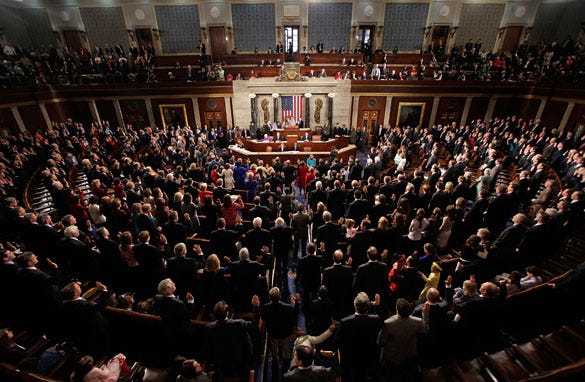
On Nov. 2, one year after losing the congressional election to Claudia Tenney, Anthony Brindisi ran for a seat on the New York State Supreme Court. The seat in question was the 5th Judicial District of New York, representing the counties of Onondaga, Oswego, Jefferson, Lewis, Oneida and Herkimer. During the race, Brindisi found himself once again running a tight race–this time against the Republican candidate Danielle Fogel.
Brindisi ended up losing the election by roughly 20,000 votes. While one could blame this recent loss on flaws in the ways Brindisi campaigns, Fogel’s win actually illustrates a larger pattern of Republicans gaining seats previously controlled by Democrats.
In the 2020 election, despite Joe Biden’s victory, Democrats lost 12 seats in the House of Representatives as Republican voters, fueled by energy of the Trump presidency, flocked to the polls. Democrats lost numerous close elections in blue and purple color districts, elections they had previously won or were previously competitive. This result can be boiled down a few factors.
First, since the Trump presidency, polarization between the Democratic and Republican parties skyrocketed. As seen during the voting for Biden’s infrastructure bill, it has become increasingly more difficult for the two parties to work together.
This split materializes not only between the two parties but also within the Democratic party itself. There is now considerable polarization within the Democratic party between the moderates and the far left, who presented themselves as the new face of their party. While many noteworthy Democratic representatives on the far left (e.g. Representative Alexandria Ocasio-Cortez) gained a substantial following, they have also left those who do not agree with their more left-wing views behind. As a result, these moderate voters, who feel that their voices are no longer being represented by the new Democratic party, are voting for Republican candidates.
Democrats have become victims of their own complacency. Over time, Democratic voters have assumed that if they won an election a few years ago, they would easily carry the race again. Many lack motivation to go to the polls because they feel their votes would have no bearing on the race — after all, the election appears to many of them to be in the bag.
When discussing his recent loss, Brindisi referenced this lack of drive on the part of the voters, stating that “[t]here was a lot of Democratic apathy and energy on the Republican side.” Republican voters are simply more motivated to vote, especially after the Trump presidency, when they saw how their motivation could easily translate to a dramatic shift in a country’s politics. The far right’s distrust of and hatred towards mainstream politicians has always existed, but it gained significant traction in the Trump years, and its momentum has only increased since.
Yet another factor in this shift of voters from the Democratic to the Republican party can be illustrated in the campaign strategies of recent Democratic candidates. Many candidates campaigned on general, blanket statements that offered little by way of specifics other than being unconditionally oppositional to the former Trump administration. In theory, this is a good way of rallying the Democrats, as the vast majority of Democrats lack any sort of appetite for more of Trump. However, this strategy failed to draw out the moderate vote, the precise voters that Democratic candidates need to win over in the next round of elections.
These voters want to know what the candidates will do about local issues — issues that matter to them within their own counties and neighborhoods. They care comparatively little for tally marks on the Democrat vs. Republican scoreboard, or for evidence provided by Democrats as to why our country is in better shape after Trump’s defeat and the dawn of the Biden administration. National issues are important, as is reminding voters of Trump’s pervasive, negative influence on the country, but these tactics simply do not get moderate locals to the polls.
In the next round of elections, if they want to win, Democrats need to shake up their strategy severely. Electoral success does not lie with the party’s current methods and messaging, which polarize, demotivate and alienate its own voters. Rather, they ought to take no races for granted and pay more attention to the local issues which keep moderates up at night.
















